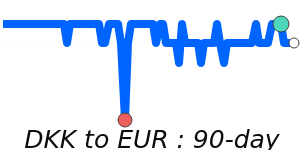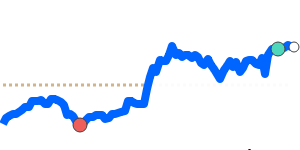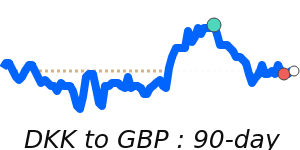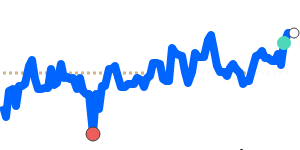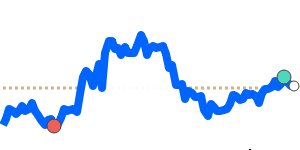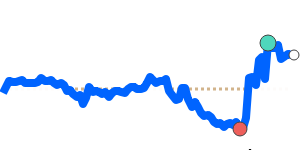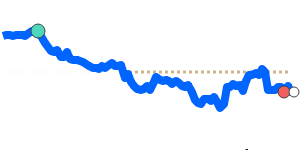Recent forecasts indicate a challenging outlook for the USD against the DKK, primarily driven by evolving economic data and monetary policy shifts. Analysts note that the US dollar (USD) has experienced modest gains after reaching multi-month lows, but this rebound appears limited due to expectations of upcoming Federal Reserve rate cuts. A dovish outlook on US monetary policy has intensified market speculation, with futures pricing in multiple rate cuts as early as mid-2026. This scenario is likely to exert downward pressure on the USD, given that a lower interest rate environment reduces its relative yield advantage.
Mixed economic data from the US adds complexity to the situation. While there are signs of slowing growth, including weakening manufacturing indicators and declining consumer spending, the labor market remains robust, complicating the Fed's potential policy decisions. Analysts highlight this mixed bag of economic signals, suggesting a range-bound USD that may struggle to gain significant traction against the Danish krone (DKK).
The DKK is likely to benefit from recent developments enhancing its financial infrastructure, such as its integration into European payment systems, which improves efficiency and security. The Danish central bank’s recent interest rate adjustments and the phasing out of cash notes also reflect proactive measures to stabilize the currency. As the Danish government increases defense spending significantly, this could create further stability in the DKK and bolster investor confidence.
Currently, the USD to DKK exchange rate hovers near 60-day lows at approximately 6.3568, which is just 0.9% below its three-month average of 6.4152. This relatively stable range, fluctuating between 6.3174 and 6.5026, indicates a careful balance influenced by broader market sentiments and both local and global economic conditions.
In summary, the USD is likely to face ongoing challenges against the DKK due to the anticipated dovish stance of the Federal Reserve amidst mixed economic signals, while the DKK may find support from structural improvements in its financial framework and enhanced government policies. Investors and businesses involved in international transactions should stay alert to these dynamics as they navigate the currency markets.

